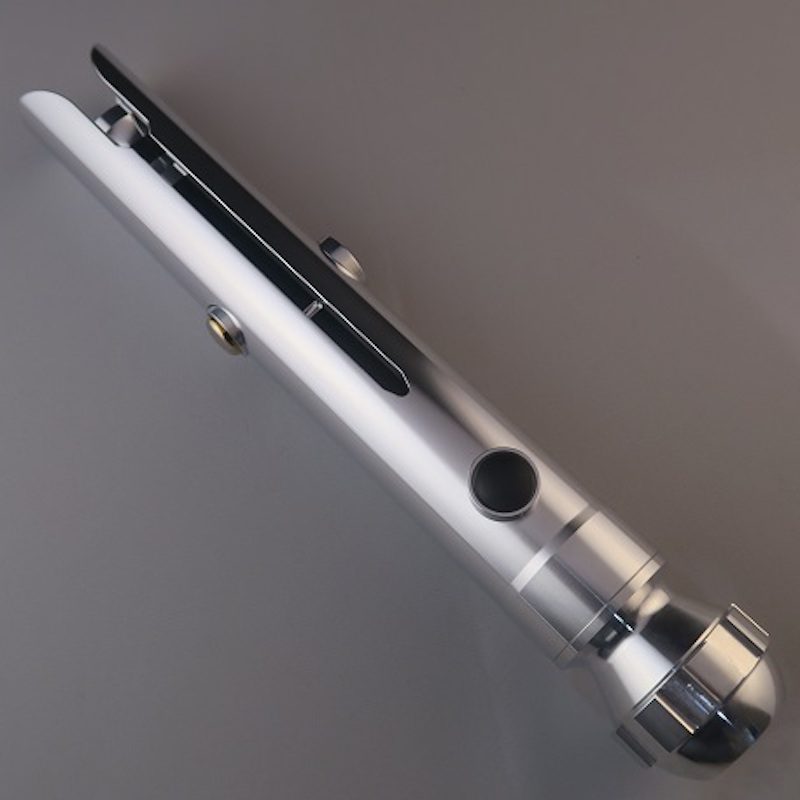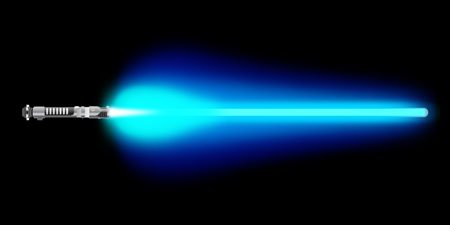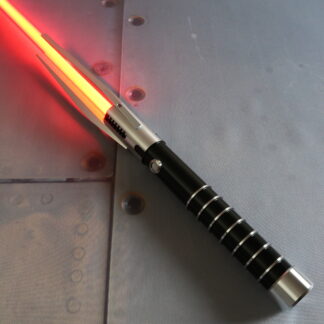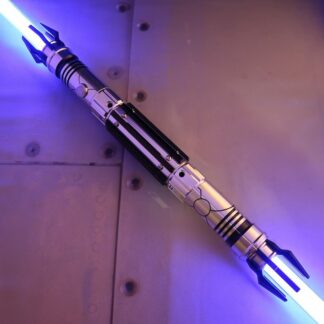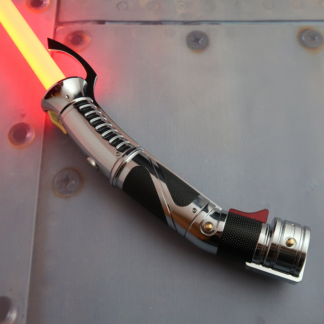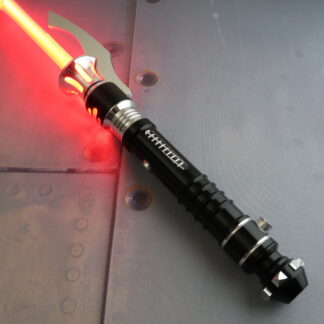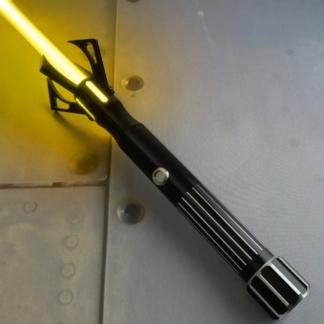The Sith Homeworld of Korriban: Origins, Lore & Legacy
To understand the rise of the Dark Side, we must travel back to the Sith homeworld of Korriban, a planet steeped in bloodshed, ancient sorcery, and enduring legend. In the Star Wars universe, the Sith are renowned as powerful lords who wield the power of the Dark Side. Sith Lords are often seen as the counterparts to Jedi Masters, using the powers of the Force for destruction and evil, rather than balance and peace.
The title “Darth” was given to Dark Lords who were a part of the Sith Order in place of their birth name. Darth Vader, Darth Maul, and Darth Sidious were among the most infamous Sith Lords in the galaxy.
The Sith wreaked havoc on the galaxy, destroying planets, annihilating civilizations, torturing the innocent, and ensuring the subjugation of the masses. But before they set their sights on galactic conquest, what were the Sith? How did they become the ultimate enemies of the Jedi? Just exactly where did the Sith come from? To answer that, we must look to the homeworld of the Sith, Korriban, the most infamous of all Sith planets in Star Wars.
CHANNEL THE DARK SIDE: BUILD YOUR OWN SITH SABER
THE SITH SPECIES
To understand the origins of the Sith homeworld and its infamous inhabitants, we must begin with the Sith species themselves. Long before the rise of the Dark Side cult known as the Sith Order, the Sith were a unique and powerful humanoid race. Sometimes referred to as Red Sith or Sith Purebloods, they lived in isolation on the planet Korriban for thousands of years. At the time, the title “Sith Lord” simply referred to a high-ranking member of their society.
PHYSICAL TRAITS & CULTURE OF THE RED SITH
The Red Sith had red or obsidian-colored skin; red, brown, or black hair; and vibrant red, orange, or yellow eyes. As they aged, their bright red skin often deepened into darker crimson tones. Some individuals retained lighter pinkish hues well into adulthood.
They were easily identifiable by unique physical features such as facial tentacle-like appendages, bone spurs, pointed teeth, and horns. Most Red Sith had three-clawed digits on each hand and foot, though some were known to have five. Despite their fierce appearance and tendency toward conflict, the Sith considered themselves a noble and advanced civilization. They viewed combat as an essential part of life and a necessary path to strength.
SITH CONNECTIONS TO THE DARK SIDE
Genetically predisposed to left-handedness and highly attuned to the Dark Side of the Force, the Sith species had a deeply rooted symbiotic relationship with the Dark Side itself. This connection was so strong that they were considered naturally Force-sensitive. The Dark Side fed their powers—and in return, their presence nourished the Dark Side. It was not just a tool to them, but a source of spiritual and physical sustenance.
The Sith were frequently engaged in internal power struggles, wars, and civil unrest. Yet, they didn’t view this infighting as a weakness. Instead, it was believed to be the natural order—only through conflict could true strength be revealed.
SITH ALCHEMY, MAGIC & RITUALS
The culture of the Sith was steeped in blood rituals, alchemy, and Dark Side magic. Sith alchemy involved transforming matter—living or nonliving—through the power of the Force, often creating horrific beasts or corrupting relics. Sith magic, on the other hand, used incantations and rituals to tap into deep wells of Dark Side energy. These sorcerous practices allowed them to manipulate life, death, and even the stars themselves.
Their magical traditions included summoning spirits, empowering weapons, and unleashing devastating energy across entire worlds. These dark arts were developed long before the Sith encountered any Dark Jedi and served as the foundation for much of what would become Sith Order doctrine. Darth Bane later drew upon these ancient practices, refining Sith alchemy and Dark Side rituals to form the philosophical backbone of the modern Sith Order.
CUSTOMIZE THE SITH LIGHTSABER OF YOUR DREAMS
HISTORY OF THE SITH HOMEWORLD
According to Star Wars Legends, the Sith civilization originated around the year 100,000 BBY (Before the Battle of Yavin), but forgotten histories could have dated back even further.
The Sith species evolved on the ancient Sith homeworld of Korriban, a desert planet renowned for its conflict and mysticism. Due to the nature of their species, their time on Korriban was defined by near-constant wars between Sith factions, fueling the culture of power and conquest that would shape their legacy.
Korriban’s location is in the Outer Rim Territories of the galaxy, near Wild Space and the Unknown Regions. The planet’s diameter is approximately 16,890 kilometers, with a climate characterized by dryness and warmth, marked by red sand, canyons, dry riverbeds, and jagged mountains. Though the atmosphere was breathable, cold winds and barren terrain made life on the planet harsh. When the planet was populated, its major imports were food, high technology, raw materials, and weapons. Major exports were Sith artifacts.
The Unknown Regions were areas that were mapped, but mostly left unexplored, and Wild Space was completely unmapped (i.e., no one had any idea what was in Wild Space). The outer rim was home to a wide array of rugged and primitive worlds, including Tatooine (Luke Skywalker’s home), Yavin, and Dagobah (where Jedi Master Yoda lived in exile). Planets in the Outer Rim Territories were historically less civilized than those in the Core Worlds.
MORABAND VS KORRIBAN
What happened to Korriban? The planet’s name has changed throughout Star Wars history. Originally called Korriban in the 1994 comic Tales of the Jedi, it was later renamed Moraband to align with George Lucas’s preferences in the Star Wars: The Clone Wars animated television series.
Despite this, Lucasfilm has confirmed that Korriban and Moraband refer to the same Sith planet, with different names used at different times. While most fans still refer to it as Korriban, Moraband has become its official name in canon since the Clone Wars era.
KING ADAS & THE FIRST SITH EMPIRE
Korriban’s most significant early ruler was King Adas, crowned Sith’ari (the ultimate being) around 30,000 BBY. Adas formed the Sith Empire (later known as the Old Sith Empire) in 28,000 BBY. He ruled for nearly 300 years before dying in battle while defending Korriban against the invading Rakata species, in 27,700 BBY.
Though Adas perished, the Rakata left remnants of their ship technology on Korriban, allowing the Sith to plunge into the space age. They soon conquered nearby worlds, including the planet Ziost. After conquering Ziost, they moved their capital from their ancient planet, Korriban, to Ziost. Although the primary homeworld of the Sith is considered to be Korriban, Ziost also became one of their homeworlds starting in 27,700 BBY.
Eventually, internal conflict returned. By 7,000 BBY, civil war had left much of Korriban in ruins, setting the stage for further transformation of the Sith legacy.
A NEW SITH EMPIRE
So if the Red Sith were originally their own species, where did the Dark Lords of the Sith come from? When did the Sith species give rise to the Sith Lords as we know them?
All of that started in 6,900 BBY.
In 6,900 BBY, a group of exiled fallen Jedi who were fleeing from the Battle of Corbos landed on Korriban. These “dark” Jedi attempted to conquer the native Sith species and steal their knowledge. The Sith attempted to safeguard their knowledge of the Dark Side, but the Jedi successfully seduced them by utilizing their own understanding of the Dark Side of the Force. Though the Sith resisted, they were ultimately seduced by the Dark Jedi’s powerful mastery of the Force. Revered as gods, the exiles quickly became rulers of the Sith homeworld.
SITH HYBRIDS & THE BIRTH OF A NEW ORDER
Over the next 2,000 years or so, the Dark Jedi used Sith alchemy to interbreed with the native Sith, creating a new hybrid class that merged dark Force knowledge with Sith sorcery. This hybrid lineage became the ruling elite, and the term “Sith” soon applied not just to the species but also to the fallen Jedi Masters and their descendants.
Thus began the rise of a new Sith Empire, founded on Sith magic, Jedi knowledge, and the power of the Dark Side.
THE GOLDEN AGE OF THE SITH
At its peak, the Sith Empire ruled over at least 120 different worlds, and Korriban became a center of power with a population of 9.6 billion, nearly 94 percent of whom were Sith or Sith-aligned hybrids. In the following centuries, the Republic forgot about the fallen Jedi exiles and remained ignorant of the Sith Empire as it grew in power. However, the Sith Empire was also ignorant of the Galactic Republic.
THE GREAT HYPERSPACE WAR
In 5,000 BBY, this isolation was broken when two young hyperspace explorers from the Republic, Gav and Jori Daragon, accidentally found Korriban. The Sith saw this as a chance to expand and launched a campaign to conquer the Republic.
This led to the Great Hyperspace War, in which both Jedi and Sith wielded massive, kyber crystal-powered superweapons and engaged in brutal lightsaber combat. The Sith, in particular, became known for their menacing red lightsabers, a symbol of their devotion to the Dark Side.
The Sith even attacked Coruscant, building a Dark Side shrine at the center of the planet. Though they made significant gains, the Jedi ultimately repelled the invasion and built a Jedi Temple over the Sith shrine to contain its lingering dark energy.
FALL & FRAGMENTS
Following their defeat, the Sith abandoned Korriban, leaving the planet scarred by war and haunted by its tombs. Once a thriving Sith planet, Korriban became a desolate graveyard, home only to ancient ruins and the echoes of a past long gone.
Over the next 4,000 years, the Sith and Republic clashed repeatedly. This long period of conflict culminated in the fall of the Old Republic and a dark time for the galaxy known as the Republic Dark Age. Eventually, the Republic and Jedi triumphed, reclaiming Coruscant and founding the Galactic Republic in 1032 BBY. Only one Sith Lord survived: Darth Bane.
THE SITH HOMEWORLD: POST-DESOLATION
All the while, the Sith homeworld of Korriban remained desolate. After the planet was abandoned at the end of the Great Hyperspace War, it remained largely uninhabited.
However, it still housed the graves of former Sith Lords and is considered a sacred place for the Sith.
The Valley of the Dark Lords was a region of the planet that contained a variety of monuments, which served as crypts housing the tombs of dead Sith Lords. Originally constructed as a burial ground for kings, the Exiles of the Jedi Order added their own tombs over time. The valley also held the ancient Sith Great Temple and the Sith Academy, where Force-sensitive initiates were trained in the Dark Side.
The Sith Temple was the largest monument on Korriban. It contained the tomb of the Sith Lord Darth Bane and an execution chamber where the ancient Sith used to kill large groups of Jedi prisoners. As the sole survivor of the Jedi–Sith War, Darth Bane was honored not only for enduring the Order’s downfall but also for creating the Rule of Two—a Sith philosophy that allowed only a master and an apprentice to exist at any one time, thereby preventing internal collapse.
In 19 BBY, Yoda visited Korriban during his quest to uncover the secrets of eternal consciousness. While there, Yoda entered the tomb of Darth Bane and was met with a vision of the ancient Sith Lord. Bane’s vision attempted to lure him to the Dark Side. Yoda also saw visions of Darth Sidious, who tried to manipulate him into aiding the Sith in the Clone Wars. Yoda resisted both temptations and left the Sith planet.
Eventually, Yoda would be successful in unlocking the secrets to eternal consciousness. While Bane lies dead in the crypts of the Sith homeworld, Yoda’s Force spirit lives on—appearing again in Star Wars: Episode VII — The Force Awakens and Star Wars: Episode IX — The Rise of Skywalker.
Whether you align with the Dark Side of the Sith or the Light Side of the Jedi, you can honor it with a custom-built display or combat lightsaber of your own. Explore character lightsabers, browse our full range of lightsaber colors, or wield a double-bladed saber worthy of the ancient Sith homeworld of Korriban from the Star Wars universe.


